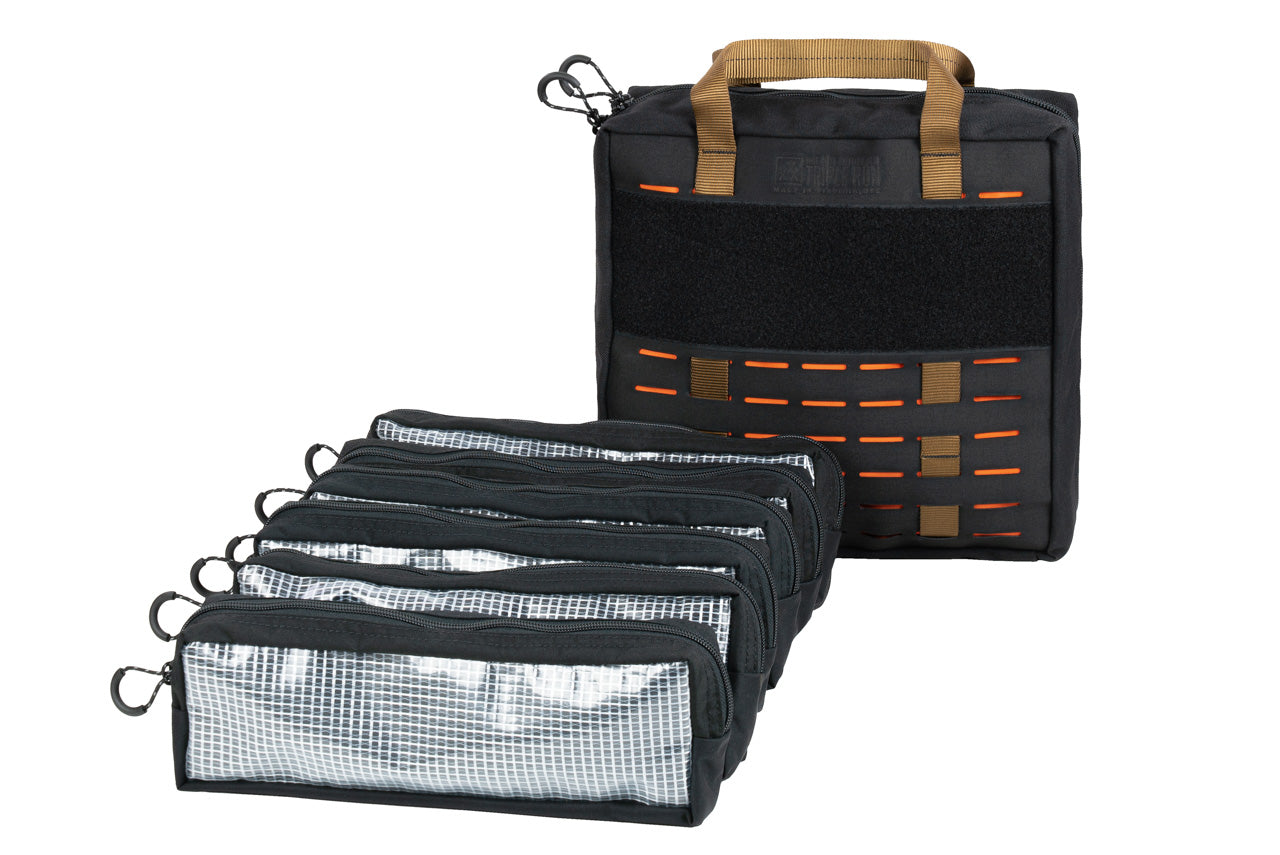Earlier this week I had some time to recharge the AC system in the Bean. Not a hard task, but as I read in another MUD thread - there is a lot of "dread factor". If you've never done this before, it feels a bit high stakes and scary. Its also a little tougher when you have a system that isn't perfectly stock. I am running R134a and using a compressor that fits an LS style motor, so its tricky to know exactly how much refrigerant to add to the system. You really just have to get the weight in the ballpark and fine tune it with the pressures and vent temps.
I read a few Toyota publications including the FSM & R134a TSB but they seem to have different information. The R134a conversion TSB says that 800g of refrigerant should be added for a proper charge. The TSB also says that R134a charge should be less than the R12 charge. Sources on the internet indicate that typically an R134a charge is somewhere between 85-90% less than an R12 charge. BUT, the FJ60 FSM and Land Cruiser refrigeration manual both say that the R12 charge should be 650g - 750g. 90% of 750g is 675g...so that would indicate that the R134a charge should be between 585g and 675g (NOT 800g).
Which is correct?
I'm starting to think that maybe Toyota made a mistake in the TSB and wrote down numbers that were 90% greater than the R12 values, not 90% less.
Not sure on that by any means, but I do find the contradicting information interesting and confusing.
Refrigeration Manual (same charge numbers as in the FJ60 FSM):
I should also note that I grabbed these first two images from a MUD AC thread (
HERE)
Thanks
@fjgdk for posting them!
From the R134a Conversion Toyota Service Bulletin (TSB):
So with that information, I decided to add 2 12oz (340 gram) cans of R134a and see how my pressures looked.
But first, I needed to pull a vacuum on the system. I still had the system full of dry nitrogen from my pressure testing a few months ago and it was still holding the same pressure. I am confident I have no leaks. I was able to release the nitrogen and pull a strong vacuum on the system. My brother has a really accurate digital gauge that I hooked up and after 45minutes, I was pulling 29.9"HG. I ran out of time and let this sit overnight. The next afternoon, I was still holding a strong vacuum. I was slightly less, but not much. The difference was most likely due to a small collapse of the hoses...I don't think they are designed to hold a vacuum for long periods of time.
Anyways, the next day I pulled a vacuum on the system for another 25 minutes and started adding refrigerant.
All three cans I had purchased had the exact same weight. When I subtracted the weight of the can, they were all perfectly 12oz.
I connected the first can, placed it in a bath of 100F water and bled the charge line. I had the fan on max with the AC on and after about a minute, the compressor kicked on and started to do its thing. This helped pull refrigerant from the can. After 2 cans my pressures were still a little low, so I started on the 3rd can. I added about 40 grams from the 3rd can and let it sit for a while.
My pressures were 25-30psi on the low side and 185-195psi on the high side. This may seem a little low, but the outside air temperature was only about 68F. I am pretty happy with how its operating at the moment, but I think I'll hook the gauges up when it gets a bit warmer outside and see where I'm sitting. I may be slightly undercharged.
The picture above is before I added the 40grams from the 3rd can.
The vent temps were in the mid to high 40's when the truck was idling at 650rpm and in the high 30s to low 40s when at 1100rpm. My truck does not have the AC idle-up connected, so it sits at its normal idle when the AC is on. The V8 doesn't seem to care much. You can feel it stumble slightly when the AC compressor kicks on at idle, but its not super noticable.
At Idle:
At 1100RPM:
Looks like the condensate drain is working!
My best guess is that I added about 620 grams to the system. That takes into account just a little loss from bleeding the lines and a small amount of refrigerant trapped in the gauge/manifold set. I have a feeling I'll end up going back in and adding a little more when I can monitor the system with higher outside temperatures...I just really didn't want to overcharge it and have to get it evacuated.
620 grams is within the range of 85% - 90% of the original R12 charge amounts, so I might be fine where I am. I'm happy with the performance so far.








 .
.